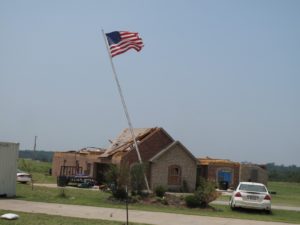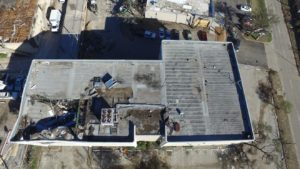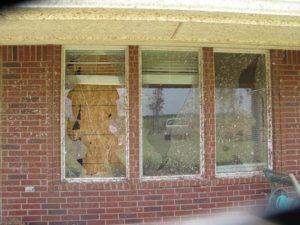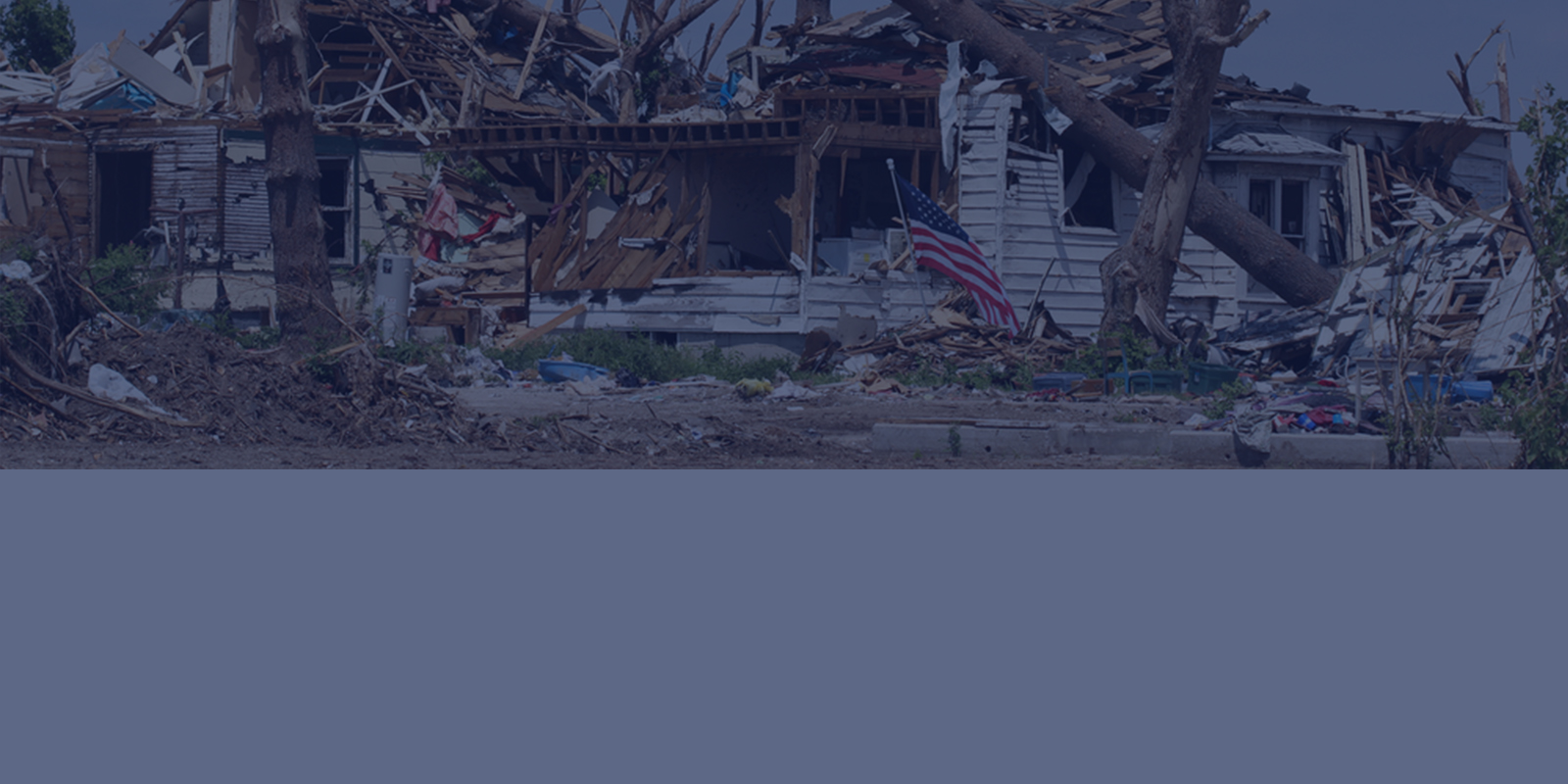As cooler weather moves out, springtime storms begin moving in. These storms can contain hail, strong winds, and even tornadoes. Although tornado season typically peaks in May or June, it is not uncommon for convective storms, beginning as early as March, to create devastating tornadoes across the United States.
Convective storms, or strong thunderstorms with the capability of producing straight-line winds, heavy rain, hail, and tornadoes, are the most-often occurring natural disaster in the United States, with the well-known “Tornado Alley” expanding across a large area in the center of the country. Although these convective storm cells can be forecast to a degree, the changes in temperature, pressure, and humidity contribute to the formation of tornadoes that are more difficult to predict.

Figure 1. Tornado damage to a residence.
Tornado damages generally occur due to direct wind loading on a structure, impact from wind-borne debris carried through the storm, or from the effects of internal pressurization. Wind loads during a tornado will vary throughout a structure, based on the geometry of the structure and the surrounding conditions. Wind-borne debris can come from surrounding tree branches and vegetation, or from building materials that become displaced by elevated windspeeds. Depending on the size, weight, and speed at which it moves, wind-borne debris that impacts a structure has the potential to cause damages ranging from minor scratches and abrasions at the exterior of a structure to breaches of the building envelope. When that envelope is breached, significant internal pressures may develop within the building, potentially leading to structural damage.

Figure 2. Damage to roof framing and equipment after a tornado event.

Figure 3. Debris and broken window glazing after a tornado event.
Nelson’s professionals have decades of experience evaluating thousands of structures directly within, and surrounding, tornado damage paths for distress resulting from elevated wind pressures and wind-borne debris.

